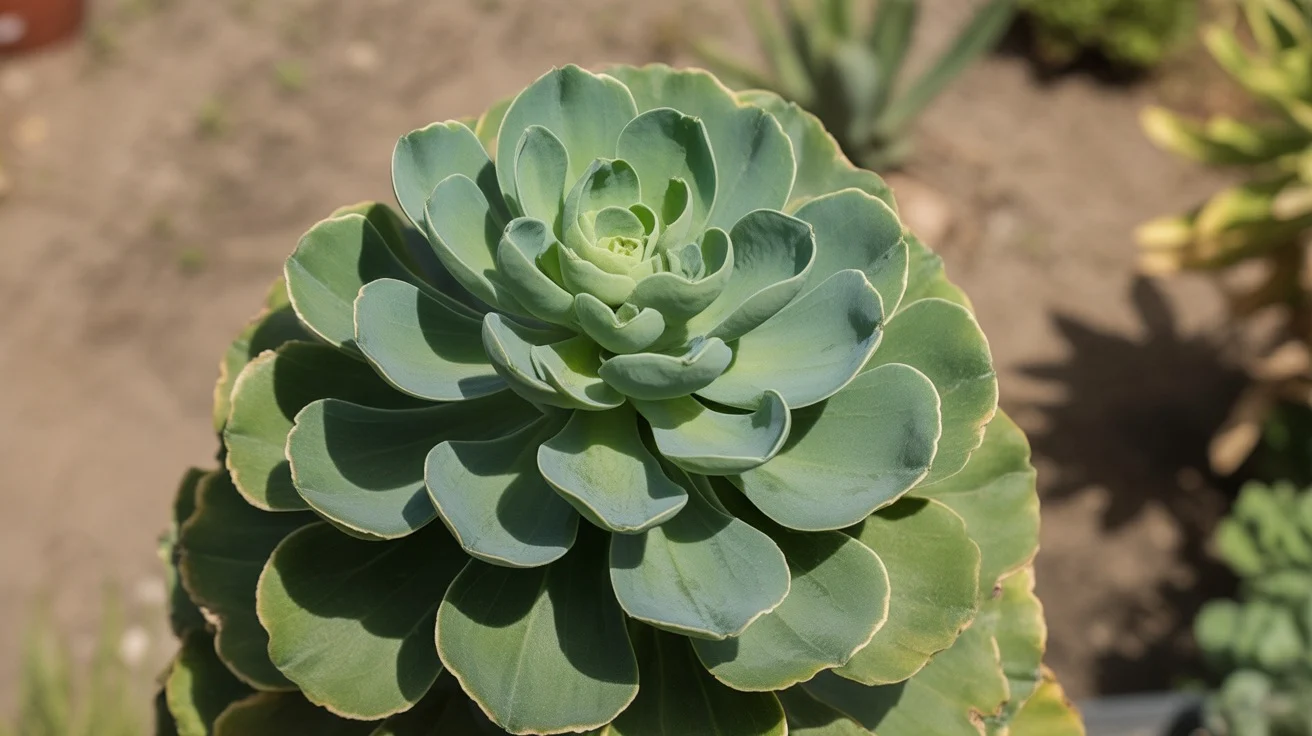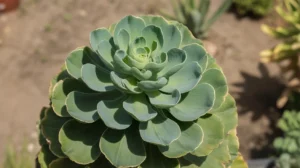As summer heats up in Gilbert, many gardeners start to notice their ornamental plants developing curled, distorted leaves. This common issue, known as leaf curl, can quickly spread and weaken your beloved plants if left untreated. Fortunately, with a little know-how and proactive care, you can keep leaf curl at bay and enjoy a vibrant, healthy garden all season long.

Understanding Leaf Curl in Ornamentals
Leaf curl is a plant disorder that causes leaves to become puckered, twisted, and distorted. In Gilbert’s intense summer heat, ornamental plants are especially susceptible to this issue. While leaf curl rarely kills plants outright, it can significantly impact their health and appearance if not addressed.
Several factors can contribute to leaf curl in ornamentals, including:
- Excessive heat and sun exposure
- Inconsistent watering
- Nutrient deficiencies
- Pest infestations
- Fungal or bacterial diseases
By identifying the underlying cause of leaf curl in your plants, you can take targeted steps to resolve the issue and prevent it from recurring. Regular monitoring is key to catching leaf curl early before it spreads throughout your garden.

Watering Strategies to Combat Leaf Curl
One of the most common causes of leaf curl in Gilbert summer ornamentals is inconsistent watering. When plants don’t receive enough moisture, their leaves will start to curl inward as a defense mechanism against water loss. On the flip side, overwatering can also lead to leaf curl by suffocating roots and promoting fungal growth.
To prevent watering-related leaf curl, aim to:
- Water deeply and infrequently, allowing soil to dry out slightly between watering
- Water early in the day so plants can absorb moisture before the intense midday heat
- Use drip irrigation or soaker hoses to deliver water directly to roots
- Apply a layer of organic mulch to retain soil moisture and regulate temperatures
If you suspect your ornamentals are suffering from watering issues, check the soil moisture level a few inches below the surface. Adjust your watering schedule as needed to maintain evenly moist, but not soggy, soil. With consistent watering, mild cases of leaf curl should resolve on their own.
Managing Environmental Stressors
Gilbert’s scorching summer temperatures and intense sun can also contribute to leaf curl in ornamentals. While it’s impossible to control the weather, you can take steps to protect vulnerable plants from excessive heat and light.
If leaf curl appears on plants in particularly hot, sunny spots, consider providing:
- Temporary shade cloth or screens during the hottest part of the day
- Companion plantings that offer dappled shade
- Relocation to a shadier area of the yard, if feasible
Some ornamentals, like desert-friendly flowering shrubs, are naturally more resilient to Gilbert’s summer conditions. When planning your ornamental beds, opt for heat-loving varieties well-suited to the local climate. With proper plant selection and strategic shade, you can minimize leaf curl and enjoy a flourishing summer garden.
Identifying Nutrient Deficiencies
In some cases, leaf curl can indicate a nutrient deficiency in the soil. Without access to essential minerals, ornamental plants may develop abnormal growth and curling leaves. A soil test can help pinpoint any specific nutrient shortages.
Common deficiencies that may trigger leaf curl include:
- Nitrogen: Causes overall yellowing and curling, especially in older leaves
- Magnesium: Leads to interveinal yellowing and upward curling of leaves
- Zinc: Results in stunted leaves with puckered surfaces and curled margins
If a soil test reveals nutrient deficiencies, amend the soil with an appropriate fertilizer or nutrient supplement. Follow package instructions carefully, as over-fertilizing can also damage plants and cause leaf curl. Compost, aged manure, and other organic matter can help improve overall soil quality and nutrient content.
Controlling Pests and Diseases
In the Gilbert area, pests like aphids, whiteflies, and spider mites can infest ornamentals and cause leaf curl. These tiny insects feed on plant sap, leading to distorted growth and curled, yellowed leaves. Regularly inspect your plants for signs of pests, including sticky residue, webbing, or visible insects on the undersides of leaves.
To control pest infestations and minimize leaf curl:
- Prune away heavily infested leaves or stems
- Dislodge pests with a strong spray of water or insecticidal soap
- Introduce beneficial insects like ladybugs and lacewings to prey on pests
- Apply neem oil or horticultural oils to smother pests and eggs
Fungal and bacterial diseases can also cause ornamental leaf curl. Moisture-loving pathogens thrive in Gilbert’s summer humidity, infecting leaves and distorting growth. If you notice spotting, fuzzy growth, or unusual coloring alongside curling, disease may be to blame.
To treat plant diseases and restore healthy growth:
- Remove infected leaves and dispose of them away from healthy plants
- Avoid overhead watering, which can spread fungal spores
- Apply a fungicide according to package directions for severe infections
- Provide good air circulation around plants to minimize disease pressure
Proactive Prevention Strategies
The best way to manage leaf curl in Gilbert summer ornamentals is through proactive care. By staying on top of plant health and catching issues early, you can prevent major outbreaks and keep your garden looking its best.
Incorporate these preventive measures into your regular maintenance routine:
- Monitor plants weekly for signs of leaf curl, pests, or disease
- Ensure plants receive appropriate water, light, and nutrients for their needs
- Prune ornamentals regularly to improve air circulation and remove damaged growth
- Clear away fallen leaves and debris that can harbor pests and diseases
- Rotate annual ornamental plantings to prevent recurring soil-borne issues
With a little TLC and attention, you can effectively manage leaf curl and other common issues in your Gilbert summer ornamentals. By staying proactive and providing your plants with the care they need to thrive, you’ll be rewarded with a gorgeous, healthy garden all season long.











